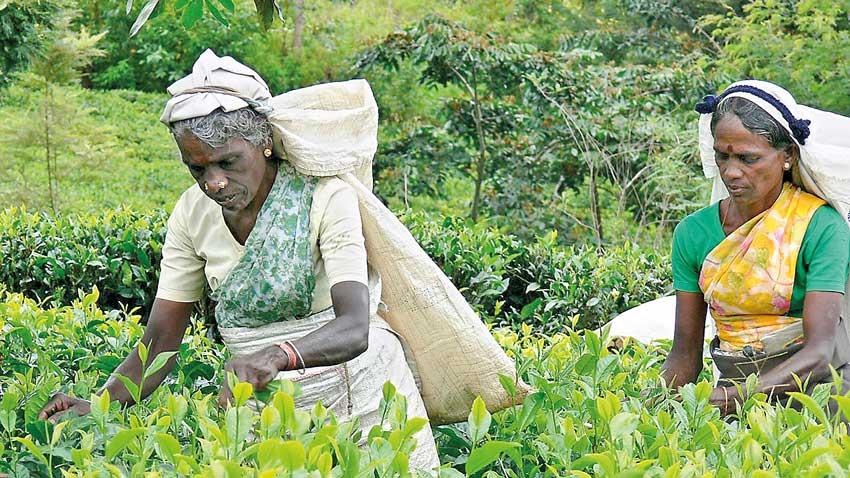23 Jul 2020 - {{hitsCtrl.values.hits}}

Sri Lanka’s tea output in the first half of 2020 hit a 24-year low amid severe drought, particularly in the first quarter, impacting the Low-Country tea production, which accounts for about 60 percent of the national tea output.
According to the Sri Lanka Tea Board data analysed by Asia Siyaka Commodities PLC, tea production in the first half of 2020 fell 19 percent to 129 Mnkg, compared to 158.8 Mnkg reported for the corresponding period, last year.
Asia Siyaka noted that during the period 2013 to 2015, production ranged from 172 to 174 Mnkg and in the subsequent four years, the six-month figure ranged from 154 to 158 Mnkg.
During the six months under review, Low-Country tea production fell 77 percent or 23 Mnkg, which according to Asia Siyaka, is a “great concern”.
“This year’s 1H Low-Grown production figure of 75.4 Mnkg is the lowest since 1999. The severe drought during January-March caused significant loss of plants,” Asia Siyaka said. Among the Ruhuna Agro Climatic District of the Low Country, the worst hit were Galle, Matara and Kalutara, followed by Deniyaya and Ratnapura in Sabaragamuwa.
Meanwhile, the High-Grown tea output also declined 10 percent year-on-year (YoY) in the first half to 30.8 Mnkg—the lowest since the El-Nino year of 1992.
In the past four years, High-Growns produced 34 Mnkg to 36 Mnkg in the first half. Three years before that recorded production ranged from 41 Mnkg to 43 Mnkg.
Meanwhile, Sri Lanka produced 26.8 Mnkg teas in the month of June, compared to 27.5 Mnkg June, last year.
High-Growns recorded a YoY increase of 14 percent, with production of 7.2 Mnkg, against 6.3 Mnkg in 2019. Medium-Growns eased marginally to 4.2 Mnkg, from 4.5 Mnkg a year ago. Low-Growns dropped from 16.6 Mnkg to 15.3 Mnkg this year.
17 Nov 2024 17 Nov 2024
17 Nov 2024 17 Nov 2024
17 Nov 2024 17 Nov 2024
17 Nov 2024 17 Nov 2024
17 Nov 2024 17 Nov 2024